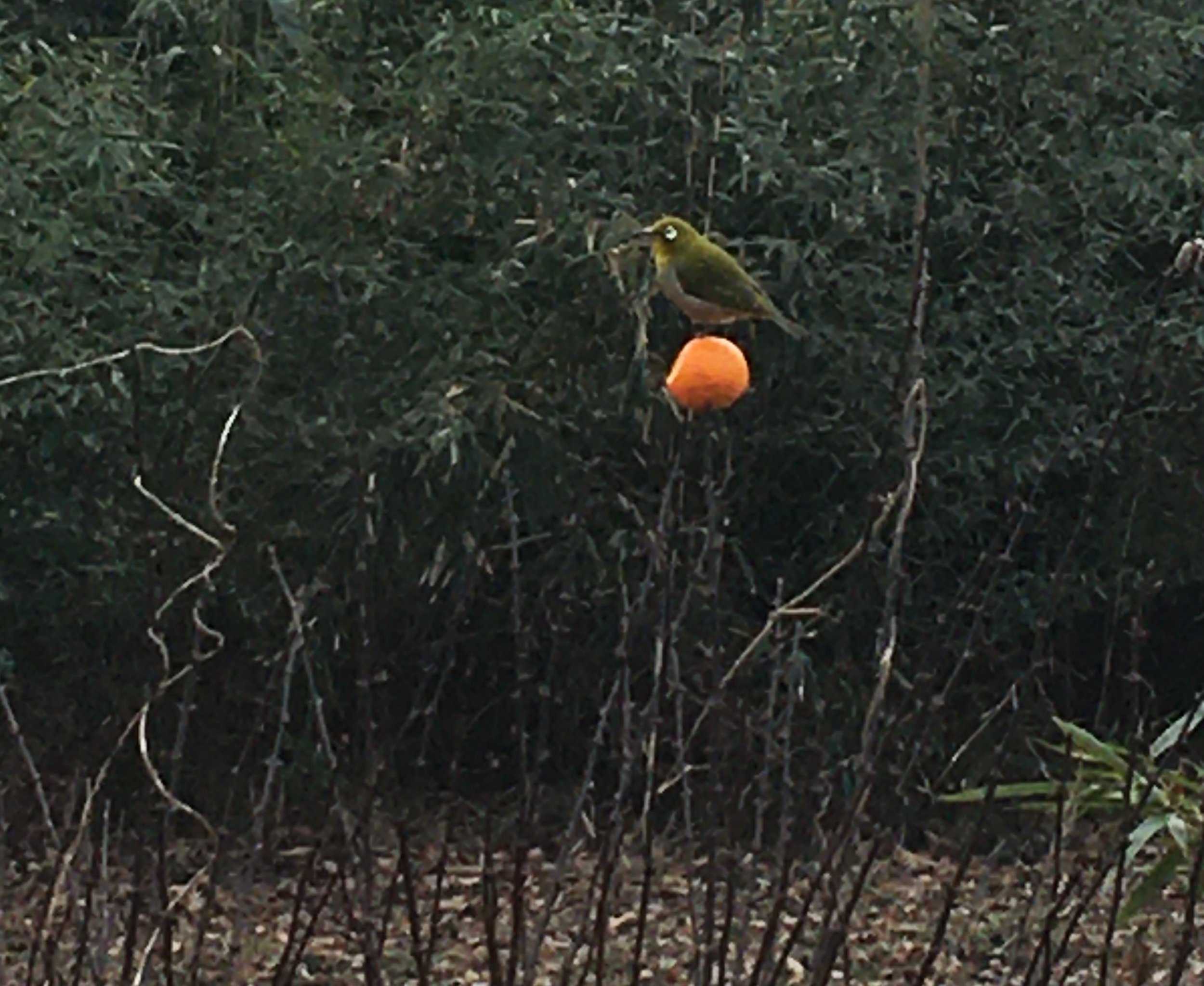This poem is dedicated to the woman
who admired my
mustard yellow ballet flats
that were not pink
and not even red.
With regard to these
mustard yellow ballet flats
she said
I love your shoes…
Lutheran Saints #22: The Baltic Martyrs
Hey, remember my Lutheran saints series? It’s been awhile, for which my apologies. But the long absence of this series is not due to neglect of the saints—far from it. In fact, I have taken a detour from writing up hagiographies for an eventual book of Lutheran saints to do the theological background work that I always knew I’d have to do as well.
This scholarly sidestep is not chiefly due to anticipated hostility from fellow Lutherans toward the very notion of a Lutheran sanctorale. If anything, I’d say my church community is positively longing for better acquaintance with its own saints. But there is certainly an ongoing sense that it is vaguely illegitimate. Good Lutherans that we are, we want solid theological arguments before plowing ahead…
Read moreWalking Down Grand Avenue: A Poem
I walked past us
on Grand Avenue last night.
We were seven years ago
sometimes bragging,
sometimes begging,
and we didn’t see me at all…
What I Learned from Agatha Christie, Part 5: Horticulture
Saxifrage
I have already shared two posts on visual vocabulary learned from Agatha Christie… but that doesn’t begin to cover the horticultural entires. Seriously, why has no one ever written Agatha Christie, Botanist?!
Some plants (chiefly flowers in her works) are so common that even a non-gardener like me knows them: roses, lilies, chrysanthemums, yew trees. But I encountered quite a lot of unknown terms in my latest read-through of Miss Marple in particular (the spinster detective is a passionate gardener). Though, as I’ve looked them up, I realized that I know a number of them by sight, just hitherto not by name.
Enjoy this Christieish bouquet…
Read moreWhat I Learned from Agatha Christie, Part 4: More Visual Vocabulary
Lisle thread
My March 2023 issue of Theology & a Recipe deals with “Miss Marple’s Low Anthropology”… which was, of course, a transparent excuse for going back and re-reading all the Miss Marple stories and novels. And, as I’ve documented before, Agatha’s trickily plain prose once again expanded my visual vocabulary. Hence, these fruits of my re-reading for your enjoyment…
Read moreTalus Canon
All praise to thee,
My Lord, for scree,
For deep crevasse
And alpine moss,
For glacial till
And ice-blue rill,
For snowy branch
And avalanche…
Winter Flowers: A Poem
Who’d have thought there could be winter flowers?
Northerners like me would count it folly,
Wanting more than evergreen and holly.
Peonies and red agave towers…
Grays: A Poem
Call down
not winter’s cold
not winter’s dark
but winter’s palette
Light gray of shadows on snow
Medium gray of about-to-storm sky
Dark gray of the bones of sycamore trees…
Zosterops japonicus: A Poem
Oh, O mejiro,
perched on tangerine
so very very orange,
and you so very green…
Mimesis 2: The Sequel
My title for this post is a joke. I’m not sure there is anyone alive today qualified to write a sequel to Erich Auerbach’s Mimesis, an astonishing survey of the literature of Western civilization and its spiritual-moral-humanistic underpinnings.
Just for starters, Auerbach apologizes that he can’t read the Russian novelists in the original language, which he considers an embarrassing flaw in no way compensated for the fact that he did read the original Greek, Latin, French, Italian, Spanish, German, and English of the other books he considers—and not only the modern iterations thereof but in all their chronological variety.
He also apologizes that, because he had to write this book in exile in Istanbul, he didn’t have his library to hand, so he had to work from memory.
So, let me admit that I am not worthy even to untie the straps of this scholar’s sandals.
That said, fools rush in where angels fear to tread. This was such an amazing book that I want to record my thoughts about it, and also offer some speculations about what it implies for where literature has gone since he left off his story in the early twentieth century…
Read more








